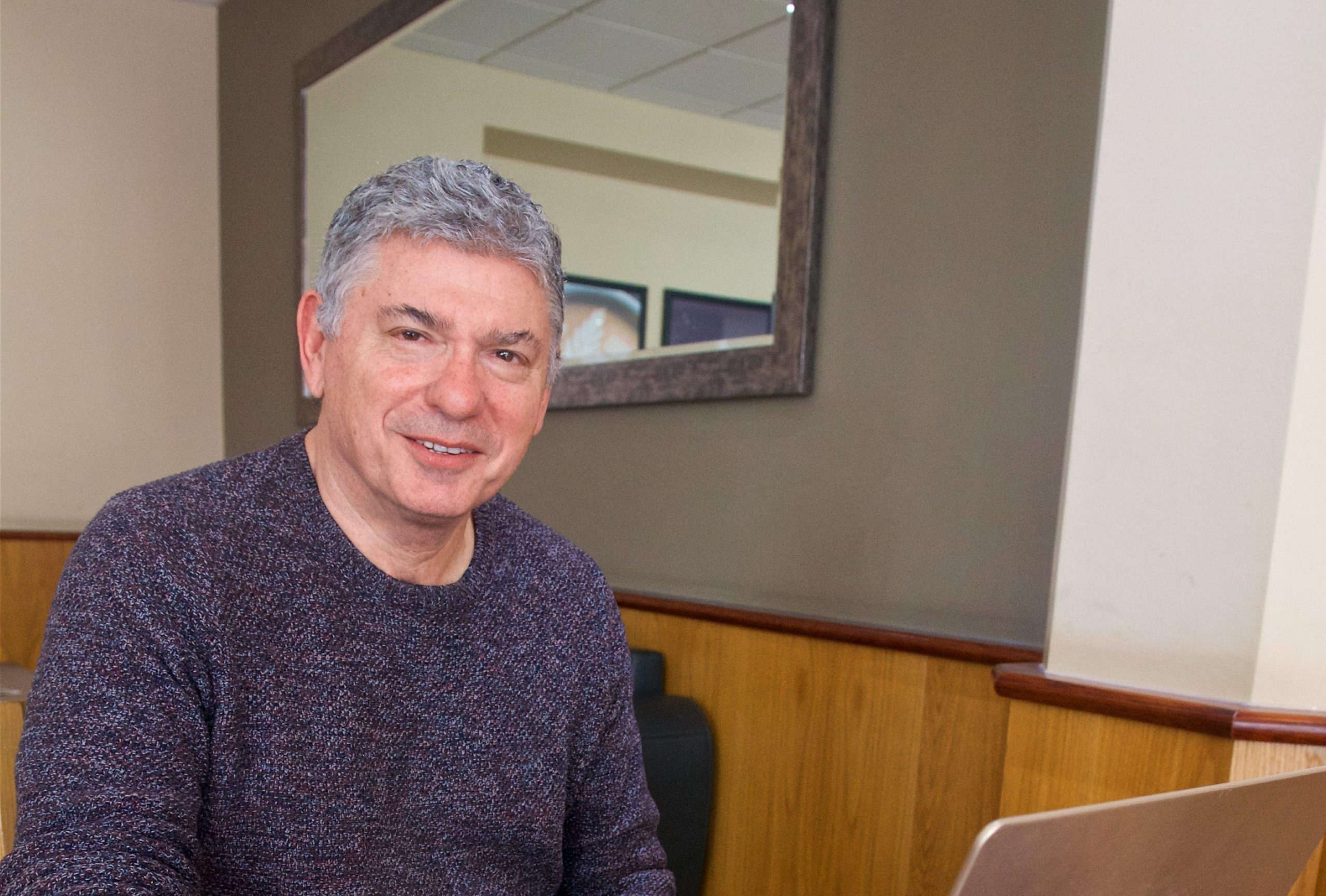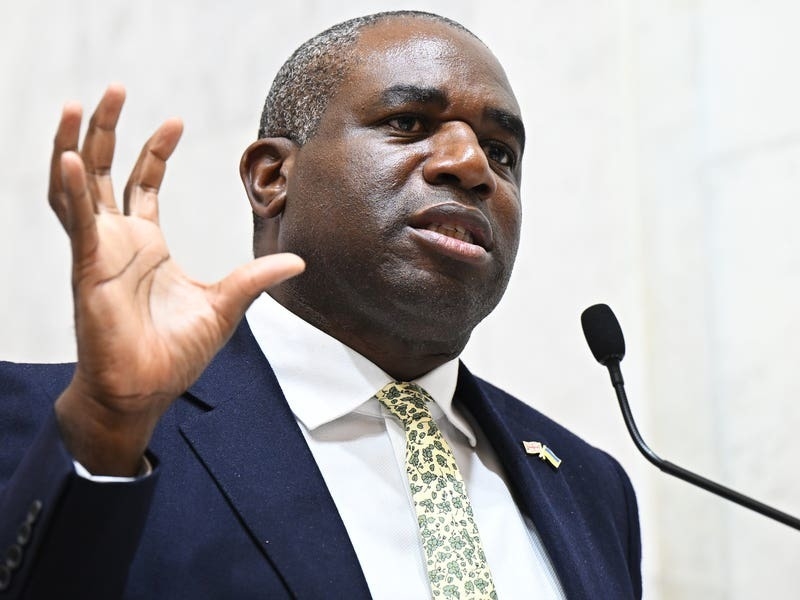By Dennis Sale
I ASSUME you have read and digested Part 1: Myths and Reality and are ready for a meaty read on how the creative thinking process works.
Firstly, it seems logical that continually enhancing one’s knowledge of topics will eventually result in some enhanced level of creative outcomes. Such activity will certainly increase knowledge bases in long-term memory and neural density in the brain, and it is this analysis which is supported by the fact that many “Big C” people fit this description. To recap, creativity can extend between two poles: Big C for “extreme forms of originality”(eg Nobel Prize winners in science) and “Little c” for “everyday creativity” (eg adding butter to coffee to make it tastier).
Leonardo Da Vinci, for example, was no sloth on the knowledge stakes, frequently referred to as a polymath (ie. a person whose expertise runs across several subject domains and professional fields).
However, creativity involves more than having rich knowledge bases and expertise. Many experts are not noted in the creativity ratings. Hence, while expert knowledge bases may enhance the likelihood of a new perception that results in a creative outcome, it is far from guaranteed.
Other factors are certainly important, including personality configuration (eg one of the five major personality traits is openness – which connects strongly to curiosity), belief systems, effort, and typically, some luck. For example, generally in successful learning, the desire and belief in one’s creative capability, and the persistence to keep going with a problem scenario until a creative perception occurs is essential. As Albert Einstein summarised: “It’s not that I’m so smart, it’s just that I stay with problems longer.”
Furthermore, unless situations dictate, or there is a process of continuous deliberation to break up or at least challenge existing perceptions, additional information will still largely be processed within the existing neural organisation in the brain.
For creativity to occur, it is necessary to be able to perceive some aspect of reality in a different light, and that requires some internal neural restructuring of existing knowledge. As Mauzy and Harriman (2003) describe: “Breaking and making connections is where the fundamental action of the creative takes place, and what’s known in the fields of psychology and brain physiology lines up with this.”
Similarly, De Bono challenges the view that the brain is naturally creative, but acknowledges, that: “New ideas may be produced by an unusual coming together of events. New ideas may be produced by a chance provocation provided by nature.”
This “unusual coming together of events” and “a chance provocation provided by nature”, probably explains Percy Shaw’s creative act of generating the idea of having something akin to cat’s eyes for road markings. Who knows, if the cat had not been there at the roadside on the night that he was driving, and his headlights had not connected with its eyes, would he ever have inverted and developed the road stud, known as “cat’s eyes”? The important point to emphasise here is that novel perceptions must inevitably have, as their basis, the elaboration and restructuring of neural configurations. When a new configuration occurs and becomes conscious, it often seems so obvious and simple.
To summarise, creativity is essentially just another aspect of the generic process of learning, but with a different cognitive spin (so to speak). As De Bono makes fully explicit: “In my view, learning creative thinking is no different from learning mathematics and any sport.”
Furthermore, in terms of fostering creative outcomes, there appears to be recognisable phases, mindsets, and activities that can be systematically employed to stimulate and enhance creativity. For example, Petty (1997) described the creative process as consisting of six interrelated phases: inspiration, clarification, distillation, perspiration, evaluation, and incubation. He also highlighted: “One of the main difficulties for creative people is that the different phases require radically different, even opposite mindsets, each of which is difficult to sustain without deliberate effort.”
Most significant in the context of this column is moving the focus of one’s mind through the different stages, from generating new possibilities, applying critical thinking skills (eg analysis, comparison and contrast, inference and interpretation), and then evaluating this whole process – which is typically referred to as metacognition.
Metacognition is the distinct human capability to consciously reflect on our thinking (eg monitor, evaluate, and improve) and the impact of our beliefs and emotions that all play out in human perception, decision-making and action.
Equally, there is the need for massive persistent effort over time – especially for coming up with something exceptionally novel and useful (eg a Big C creativity outcome) as this is far from easy as we all know. Thomas Edison made the point most bluntly: “Genius is 1% inspiration and 99% perspiration.”
Of particular interest is the phase Petty referred to as “incubation”. Creativity, in terms of creative outcomes, cannot be summoned up at will over a designated period of time (eg let’s be creative in the next three hours).
We may focus our minds on various phases in the process, but incubation has its distinct patterns of behaviour, and they are outside of our conscious control. As Petty (1997) pointed out: “Many brilliant ideas have occurred in the bath or traffic jams. If you can stop work on a project for a few days, perhaps to work on other things, this will give your subconscious mind time to work on any problems encountered and will also distance you from your ideas so that you are better able to evaluate them.”
In summary, while creative thinking is no more than generating a novel and useful idea, and then turning it into a product or service that people will buy into, it is not that easy to achieve.
Firstly, a novel idea may need much refining through the critical thinking process to make it practical and viable – this is innovation – and it typically requires considerable time and resources.
Secondly, it must resonate with an audience that sees a need or can be persuaded to want it.
Invariably, Big C inventions that positively impact a clearly identified need, such as the Covid vaccine or other significant medical issues, will likely receive massive payback. In contrast, in many other areas of life, useful is often a question of fashion and fad, which is highly subjective.
Success, and the accreditation of being framed as “creative”, may be more the result of strong marketing and serendipity. For example, the Ninja Turtles have probably made millions for their inventors, Kevin Eastman and Peter Laird, who were financed by a tax refund and a family loan. However, without hindsight, would you have given a loan to finance a project where four fictional Teenage Mutant Ninja Turtles named Leonardo, Michelangelo, Donatello, and Raphael, trained in ninjutsu by a rat, eat pizza and fight crime in New York City?
In the final column in this series, I look at the key practices, techniques, and tools that can be employed to encourage creative outcomes. Of course, high levels of creativity are both challenging and rare, but it is possible to achieve a range of Little c’s with the right applications, effort, and a bit of luck. Indeed, success in life is exactly like that in many respects.
-
Dennis Sale worked in the Singapore education system for 25 years as Advisor, Researcher, and Examiner. He coached over 15,000 teaching professionals and provided 100+ consultancies in the Asian region. Dennis is author of the books Creative Teachers: Self-directed Learners (Springer 2020) and Creative Teaching: An Evidence-Based Approach (Springer, 2015). To contact Dennis, visit dennissale.com.






